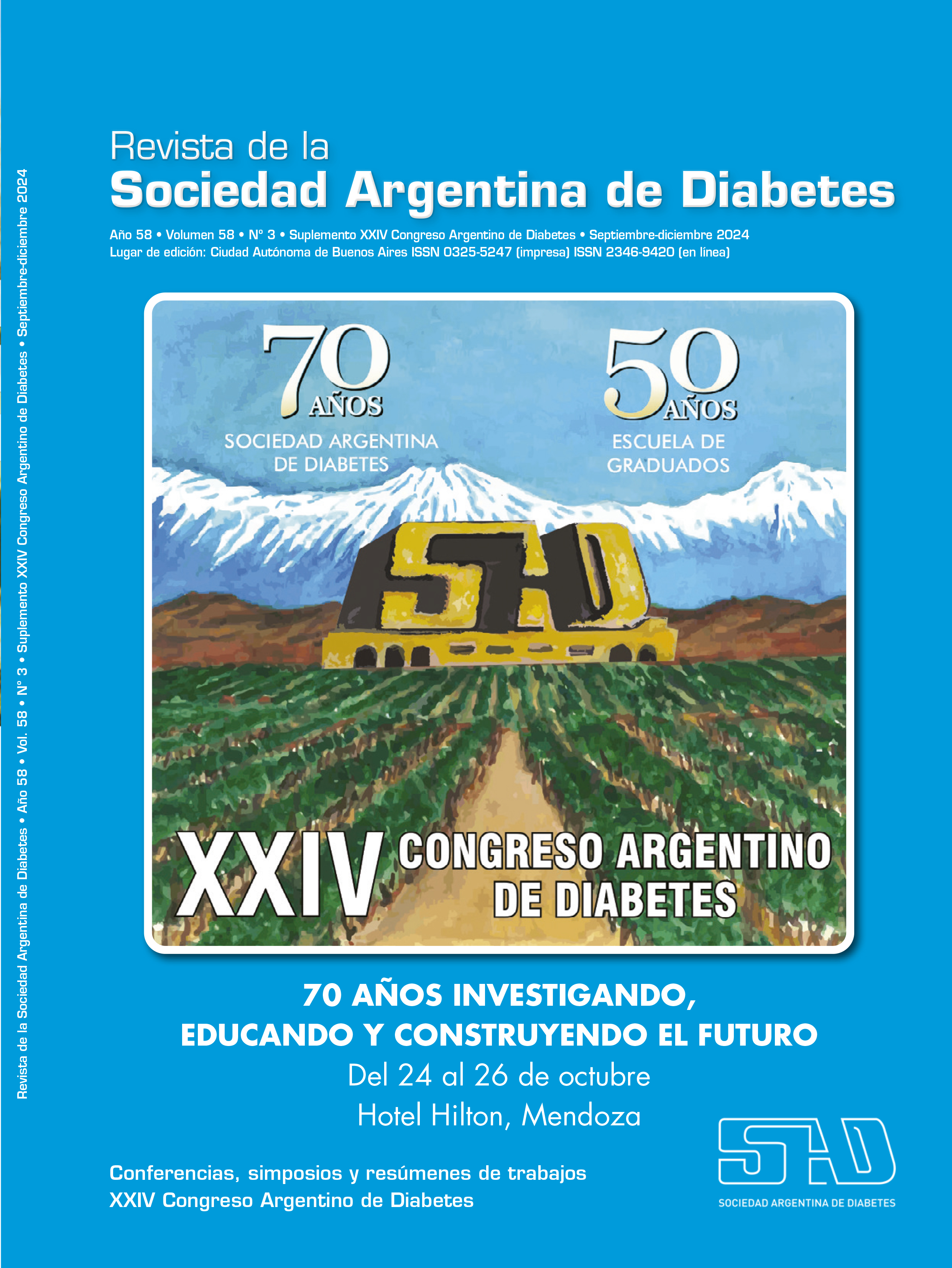What is the value of early screening?
Keywords:
obesity, diabetes, screeningAbstract
The obesity and diabetes epidemics affect women of childbearing age from an early age. Recent publications point to gestational diabetes as a heterogeneous condition in which different phenotypes (and genotypes) could require different diagnostic and treatment approaches.
The current detection strategy does not reflect the pathogenesis of gestational diabetes and several publications are beginning to refer to early gestational diabetes (eDG) as that diagnosed before the 20th week of gestation; differentiating it from the late one, the latter diagnosed according to standards between the 24th and 28th week of gestation. In fact, early screening allows us to discover undiagnosed type 2 diabetes.
According to Sweeting, early GD complicates between 30 to 70% of women and is associated with greater morbidity than that diagnosed later.
Early GD is not always present between 24 and 28 weeks of gestation, as regression may occur due to the implementation of lifestyle change strategies.
The TOBOGM study is a multicenter, randomized, controlled trial conducted in Australia, Austria, Sweden and India. It evaluated women between 4 weeks and 19 weeks and 6 days of gestation who had a risk factor for hyperglycemia. It concluded that treatment is beneficial. if it is done before the 20th week of gestation to reduce adverse events such as perineal injury, high birth weight and reduction in days of hospitalization in the neonatal care unit. Testing before week 14 and immediate treatment was associated with a 10% reduction in total healthcare costs.
It is interesting to rethink the need to detect pre-existing undiagnosed type 2 diabetes at the first prenatal visit so that it does not remain undiagnosed until week 24-28 and in those with risk factors such as obesity, family history of DM, gestational diabetes, macrosomia perform an oral glucose tolerance test earlier than 24 weeks of gestation. An opportunity to prevent cardiometabolic diseases in women and their children requires changing the view of gestational diabetes from a short-term pathology to one that emphasizes prevention with lifestyle change and therapeutic measures if necessary.
References
-
Downloads
Published
Issue
Section
License
Copyright (c) 2024 on behalf of the authors. Reproduction rights: Argentine Society of Diabetes

This work is licensed under a Creative Commons Attribution-NonCommercial-NoDerivatives 4.0 International License.
Dirección Nacional de Derecho de Autor, Exp. N° 5.333.129. Instituto Nacional de la Propiedad Industrial, Marca «Revista de la Sociedad Argentina de Diabetes - Asociación Civil» N° de concesión 2.605.405 y N° de disposición 1.404/13.
La Revista de la SAD está licenciada bajo Licencia Creative Commons Atribución – No Comercial – Sin Obra Derivada 4.0 Internacional.
Por otra parte, la Revista SAD permite que los autores mantengan los derechos de autor sin restricciones.




























